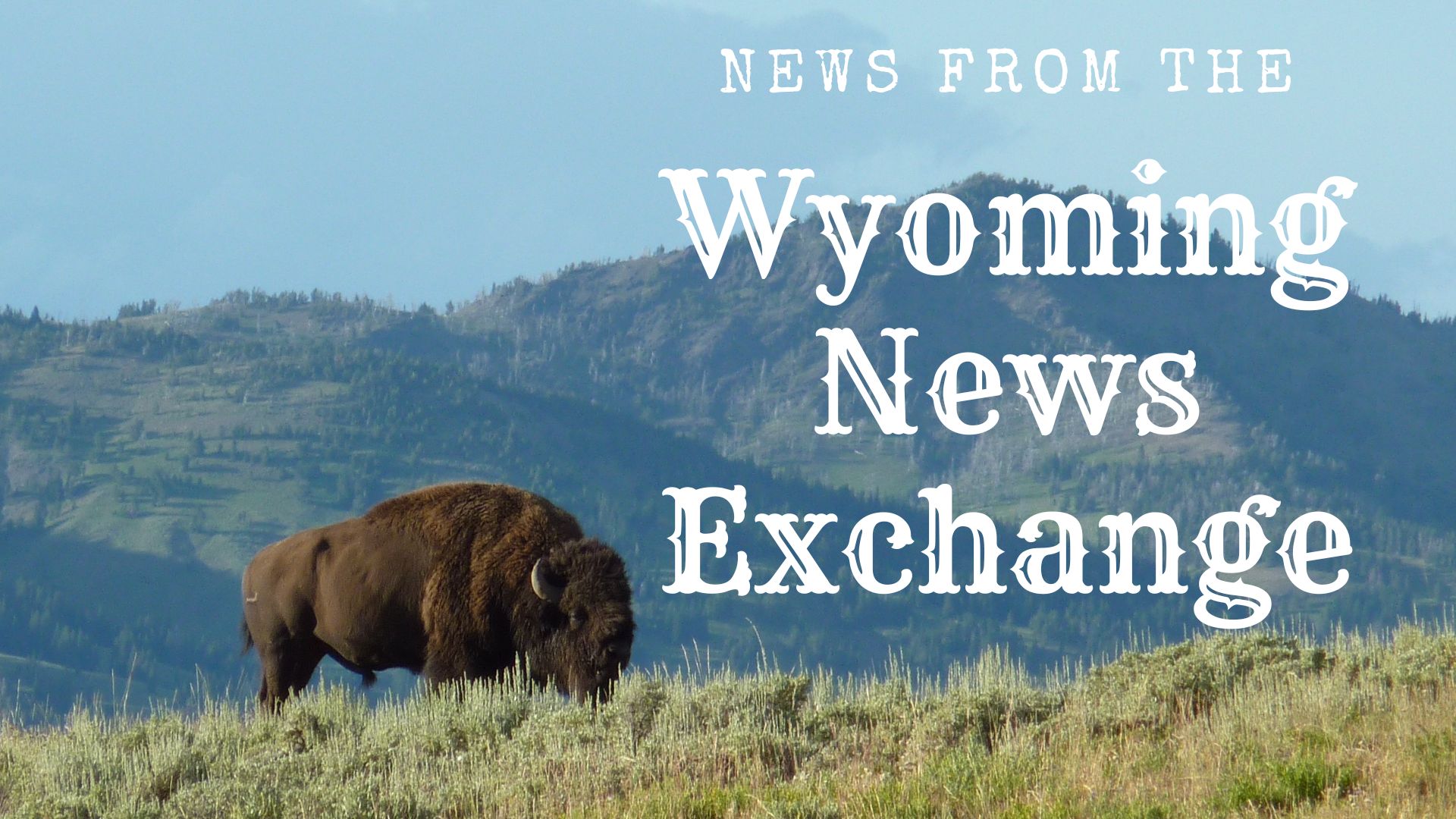BLM sets sweeping overhaul of oil and gas rules

CASPER — After years of analysis, political wrangling and a contentious public comment period, the federal Bureau of Land Management officialized a sweeping overhaul of its oil and gas leasing program on Friday.
The changes, which will affect how extractive industries operate on federal land, mark the first major update to the federal onshore oil and gas leasing rules since 1988, the first adjustment to bond rates since 1960 and the first increase in royalty rates in more than 100 years.
The biggest — and most contested — change is the increase in the minimum bond requirements on development leases.
It raises the bond amount for a single lease from $10,000 to $150,000, and raises the state-wide bonding requirement for operators with more than four leases from $25,000 to $500,000.
Proponents say the hike is long overdue and point to audits and reports indicating how low bond rates can leave taxpayers on the hook for well-plugging and reclamation costs.
“These are the most significant reforms to the federal oil and gas leasing program in decades, and they will cut wasteful speculation, increase returns for the public, and protect taxpayers from being saddled with the costs of environmental cleanups,” said Secretary of the Interior Deb Haaland.
Although some industry advocates decried the overhaul as an attack on the fossil-energy sector and a threat to small producers, including many in Wyoming, who operate marginal wells that may be rendered unviable with the added expense of hiked bonds.
Senator John Barrasso of Wyoming blasted the rule, saying it will dampen production and that “less oil and natural gas from federal lands means fewer jobs for Americans and, almost certainly, more money to the Middle East, Venezuela, Russia and Iran.”
The new rule will grandfather existing leases with conditionality and also give the agency discretion to adjust above or below minimum bonding requirements on unique individual leases.
The rule also strives to mitigate the sector’s harm to wildlife by steering development away from critical habitat and other cultural sites and closer to existing infrastructure.
“The Department of the Interior’s new oil and gas rule is crucial to ensuring multiple use is respected and that management of public lands in Wyoming balances important values like big game migration corridors, robust outdoor recreation and key ecosystems alongside responsible development,” said Alec Underwood, program director for Wyoming Outdoor Council.
This story was published on April 16, 2024.








